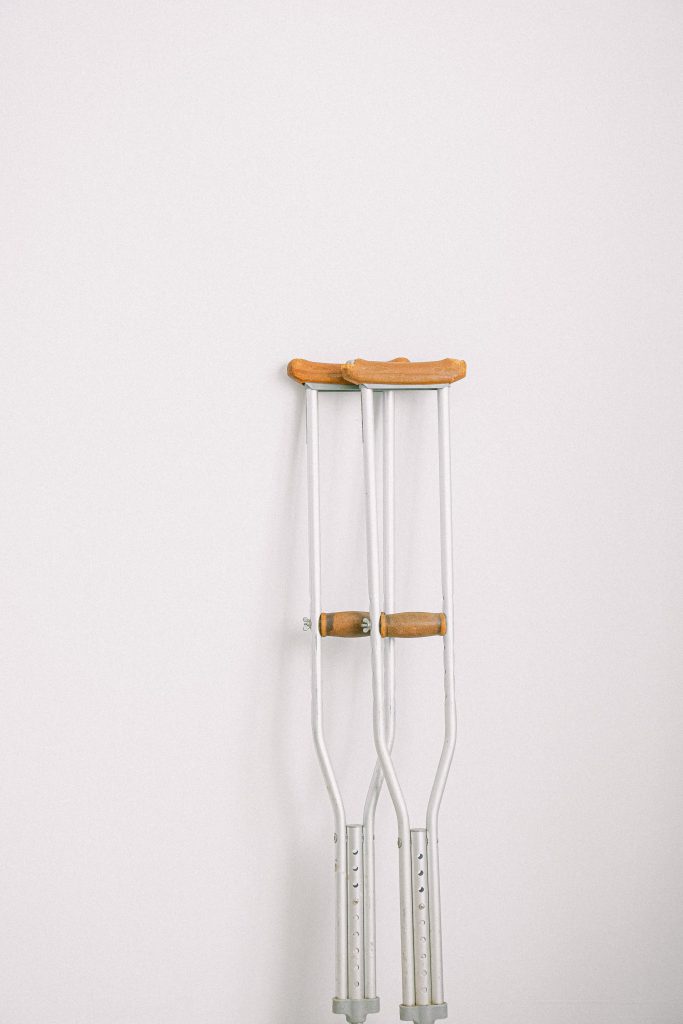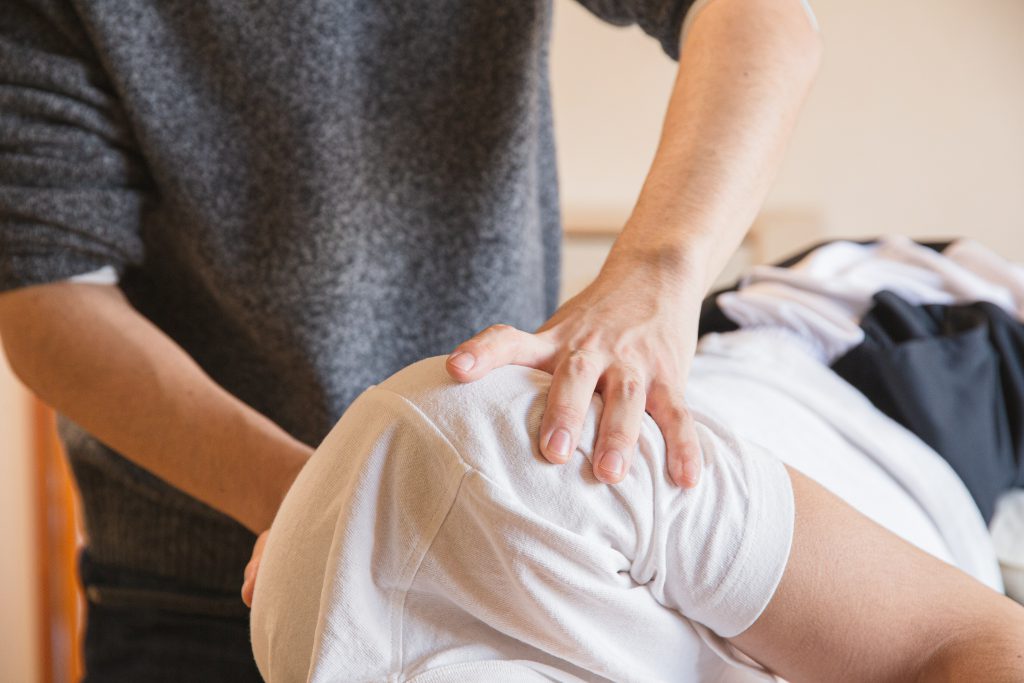Why Post-Op Therapy Is So Important (Plus, 3 Benefits You’ll Get From It)

Heading into surgery can be a hugely stressful thing. Beyond whatever pain and discomfort you’re undoubtedly experiencing in the present, there’s also the uncertainty of what comes next. And if we had to guess, you probably have a lot of questions about it.
What does the road to recovery look like? How can you best care for yourself? How can you expedite the recovery process in the most efficient way?
Enter: post-op physical therapy. You may be wondering: why is physical therapy important following an operation? No matter the nature of your injury or the type of surgery you’ve undergone, post-op therapy plays a pivotal role in restoring your body’s movement, strength and flexibility, helping you to heal fully, faster. Below, we walk through what exactly that looks like, including the things a physical therapist will work with you on post-op.
What do physical therapists do after surgery?

After an operation, your physical therapist will co-create a treatment plan with you that’s designed to help you rebuild strength and improve your body’s range of motion. They’ll also make sure that you’re healing correctly from the operation itself. The point of post-op physical therapy, after all, isn’t simply to get you back on your feet as quickly as possible. While shaving down your overall recovery time, the primary goal of post-op PT is to ensure you’re recovering in a complete, long-term way, reducing the risk of complications now and in the future.
Additionally, physical therapy can be an extremely effective — and non-pharmaceutical — tool for pain management, as it helps with inflammation, swelling and stiffness. It won’t eliminate the need for pain medications entirely, especially depending on the type of surgery you’ve received. But post-op physical therapy will give you another tool for mitigating pain, which can reduce your reliance on pharmaceuticals.
In general, a post-op physical therapist will focus on the following three areas:
1. Improving range of motion.
Whether it’s a joint or a limb that’s been affected, your body’s range of motion will be seriously restricted after a surgery. Crucial for restoring flexibility, range of motion therapy runs the gamut from passive routines — where the PT guides your body’s movements for you — to active routines, where you perform exercises independently.
2. Muscle strengthening.
Particularly around the site of your surgery, strengthening muscles is key. This area of post-op PT will help improve both your body’s overall strength and stability after a surgery. Given that exercising on your own in a post-op state can be risky, a PT provides essential support and knowledge to ensure that you’re rebuilding body strength safely.
3. Returning to your former level of function
From tennis to mountain biking, walking to running, and everything in between, the goal of physical therapy is to ensure that you, as an individual, can return to the things that you love after an injury or subsequent surgery. You want to get back to the things you enjoy, and your physical therapist can help you get there.
How does physical therapy help? Benefits of post-op therapy

Following a surgery, many people feel vulnerable and even fearful of their own body, not wanting to make a mistake that could complicate or set back their healing process. The benefits of post-op therapy, then, aren’t purely physical; working with a physical therapist can help you mentally and emotionally, too, as you learn how to better care for your body in a safe, supported way. That’s likely why a lot of people say they feel empowered after leaving a PT session, and like they’re a more active participant in their own health.
Ultimately, some of the biggest ways you stand to benefit from post-op therapy include:
1. Getting back to living your life, faster.
If a bad knee or hip is, for instance, what led to you getting surgery in the first place, it’s likely that you’ve been living in a restricted way for some time — well before the operation and ensuing recovery window. Working with a post-op physical therapist can put you on the right path to recovering more quickly, and in a supported way. After so much time spent limiting and modifying what day-to-day activities you can perform, we know you’re ready to feel like you again, and a PT can help with that.
2. Reducing pain.
A misconception held by a lot of people is that physical therapy will lead to more pain. In actuality, the opposite is true. Studies have shown that the exercises and techniques offered by PTs are excellent tools for pain management. And while sometimes those techniques might be painful in the moment, they are designed to reduce pain shortly after and for a longer period of time.
It’s also common after surgery for muscles to tense and lock up around the affected area, leading to more pain. By stretching, rebuilding muscle, and improving your range of motion, physical therapy can help alleviate this while also reducing your reliance on pain meds.
3. Improving balance.
After a major surgery, including a hip or knee replacement, you may be more prone to falls while recovering. At Physio Physical Therapy, balance is a big area of focus on both the preventative care and post-op side. A PT will give you balance-training exercises that you can do at home — from standing kicks to knee lifts — to ensure that a fall won’t complicate your healing and recovery timeline, so that you can get back to living more agilely and with less pain faster.
Want to make physical therapy part of your post-op recovery plan? Our team of Asheville, NC, physical therapy experts are here to help. Make an appointment for customized, personalized care with one of our PTs today!
